Have you ever looked into your cat’s eyes and wondered what’s really going on behind that mysterious gaze? The idea that cats might actually feel relief when their humans finally “get” them is both heartwarming and fascinating. After all, any cat lover knows the frustration of not knowing exactly what their feline friend wants—be it a certain type of food, a cozy nap spot, or just a little space. But what happens when we finally crack the code and understand what our cats are trying to tell us? The answer might surprise you, making you see your whiskered companion in a whole new light.
The Mysterious World of Feline Emotions

Cats have long been seen as enigmatic creatures, their emotions often hidden behind a stoic mask. But recent research and countless anecdotes from cat owners suggest that felines do experience a wide range of emotions, including relief. Whether it’s a deep sigh after a stressful trip to the vet or a contented purr when their favorite human comes home, these subtle signals speak volumes. Understanding these emotional cues can help us connect more deeply with our cats, offering them the comfort and reassurance they need. When we respond appropriately, it can create a stronger, more trusting bond. Many cat owners report that their pets seem visibly calmer and happier when their needs are understood and met. This emotional connection is at the core of a healthy human-cat relationship, making it essential for anyone who wants to truly understand their feline friend. The more we learn, the better we can support our cats’ emotional well-being.
Decoding the Cat Language Barrier

Unlike dogs, who often wear their hearts on their sleeves, cats communicate in far subtler ways. Every flick of the tail, twitch of the ear, or gentle nudge can carry important meaning. For many cat owners, the challenge lies in learning to read this intricate body language. Cats use a combination of vocalizations, body posture, and facial expressions to convey their feelings. A slow blink, for example, is often a sign of trust and affection, while flattened ears can indicate fear or irritation. When humans take the time to learn these signals, they can respond more accurately to their cat’s needs. This mutual understanding can make daily interactions smoother and more enjoyable for both parties. Over time, breaking down the language barrier can lead to a sense of relief for cats, who no longer have to struggle to be understood.
The Science Behind Feline Stress and Relief

Scientific studies have shown that cats, like humans, experience stress when their needs aren’t being met. Factors such as changes in routine, crowded environments, or a lack of stimulation can all contribute to feline anxiety. When a cat feels misunderstood, it might retreat, vocalize more, or even develop behavioral issues. However, when owners recognize and address these signs, the cat’s stress levels often decrease. This reduction in stress can manifest as more relaxed body language, increased sociability, and even improved health. Stress relief in cats is not just about comfort—it can impact everything from appetite to immune response. By taking steps to understand and meet their needs, we can help our cats feel safe and secure in their environment. The science is clear: understanding leads to relief.
Understanding Subtle Signs of Discomfort

It’s easy to miss the quiet ways cats show they’re uncomfortable. Unlike humans, cats rarely “complain” loudly when something’s wrong. Instead, they might hide under the bed, groom excessively, or refuse food. These behaviors are their way of communicating distress. If an owner doesn’t pick up on these cues, the situation can escalate, potentially leading to health problems. However, when a cat’s discomfort is recognized and resolved—perhaps by changing their litter box location or adjusting feeding schedules—the sense of relief is often visible. The cat may emerge from hiding, eat with enthusiasm, or curl up for a nap in a favorite spot. Recognizing and addressing discomfort is a crucial part of understanding cats, and it can make a world of difference in their happiness.
The Role of Routine and Predictability

Cats are creatures of habit, thriving on routine and predictability. When their daily lives are consistent, they feel safe and in control. Disruptions, like moving to a new home or changing feeding times, can cause anxiety. Owners who understand this and strive to maintain a steady routine often find their cats are more relaxed and easygoing. Relief can be seen when normalcy returns—a cat may resume playing, purring, or seeking affection. Predictability helps cats anticipate what comes next, reducing the stress of uncertainty. For example, an owner who always feeds their cat at the same time each morning is likely to be rewarded with a contented, expectant feline. In this way, understanding the importance of routine can directly contribute to a cat’s sense of relief and security.
When Food Preferences Are Finally Met
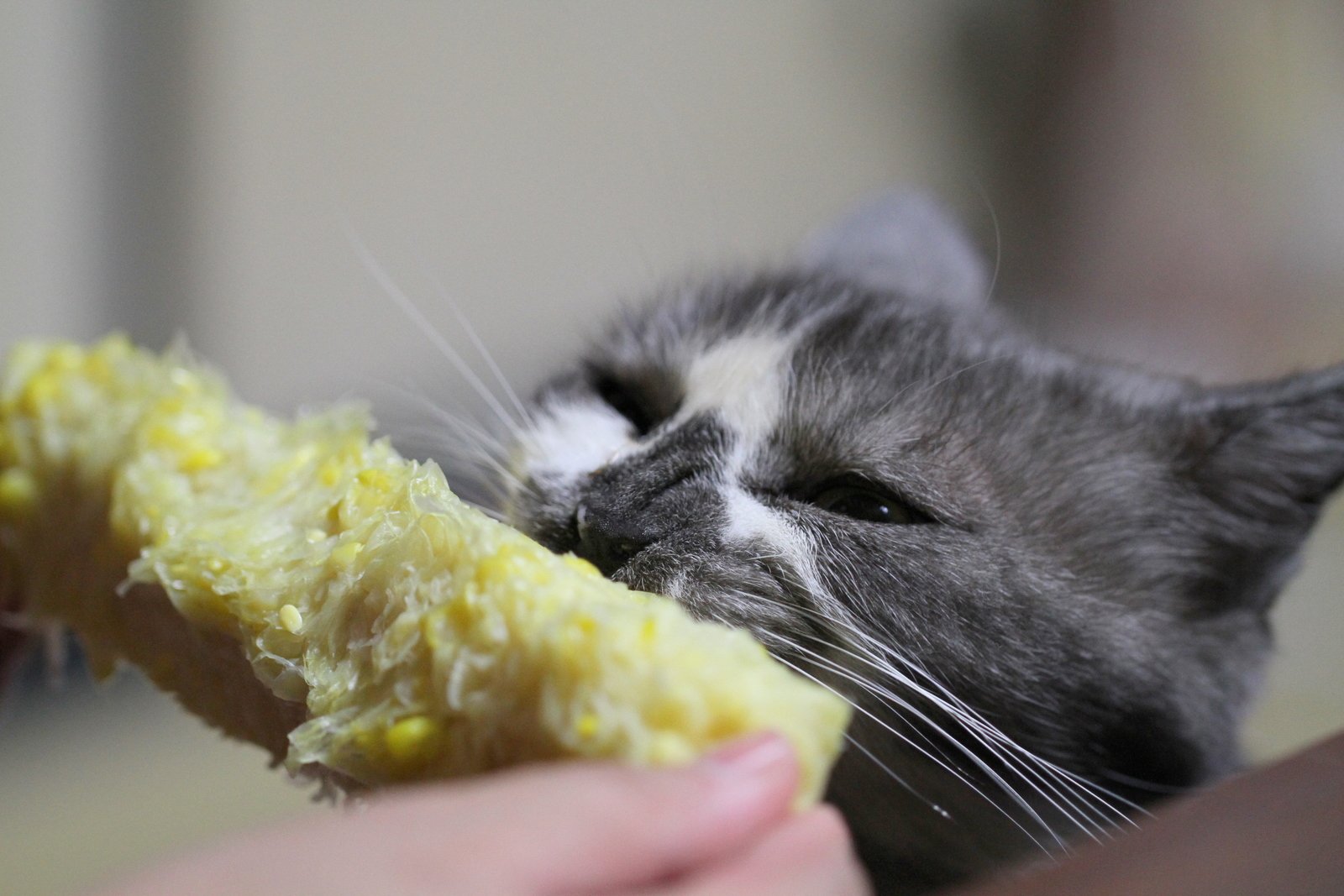
Many cat owners know the struggle of finding the perfect food for their finicky feline. Cats can be surprisingly particular, turning up their noses at flavors or textures they dislike. When an owner finally discovers the food their cat adores, it’s almost like solving a puzzle. The relief is mutual—the cat is happy to eat, and the owner is glad to see their pet nourished. The cat may purr more, rub against their owner, or simply eat with gusto, showing their satisfaction. Meeting a cat’s dietary needs is more than just providing nutrition; it’s about respecting their preferences and individuality. This understanding can deepen the bond between cat and owner, creating a sense of harmony at mealtimes.
Comfort in the Right Environment
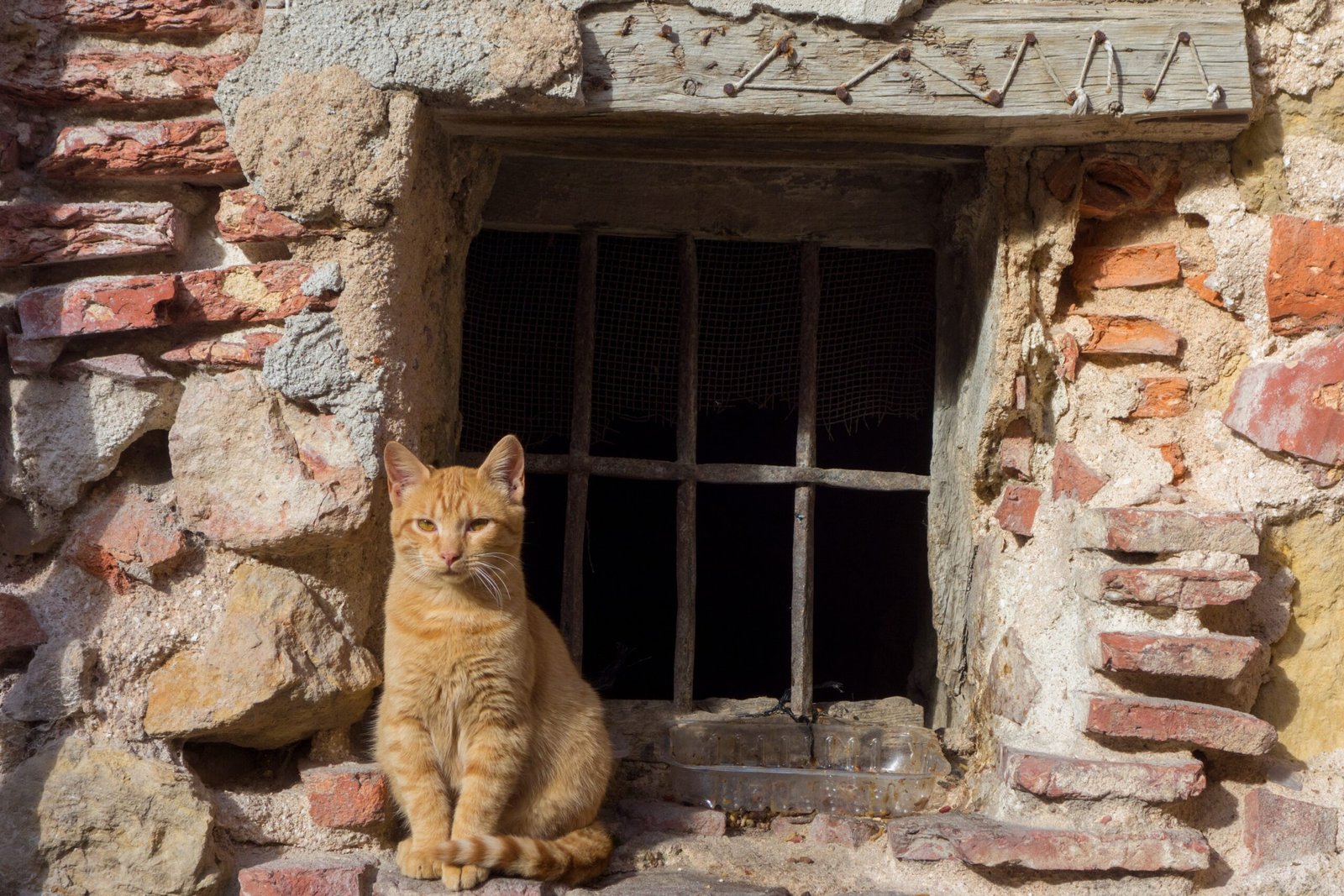
A cat’s environment plays a huge role in their emotional well-being. Too much noise, a lack of hiding spots, or unfamiliar scents can make a cat feel uneasy. Owners who recognize these needs and create a safe, comfortable space often notice a dramatic change in their cat’s behavior. The cat may start to explore more, play with toys, or lounge in sunny spots. Relief comes from knowing they have a territory they can control and feel safe in. Adding cozy beds, scratching posts, or high perches can make all the difference. When cats feel at home, their personalities shine, and their stress melts away.
The Power of Play and Enrichment

Cats are natural hunters, and their need for mental and physical stimulation is often underestimated. Boredom can lead to destructive behaviors or even depression. Owners who understand the importance of play provide toys, puzzles, or interactive sessions that engage their cat’s instincts. When a previously bored or frustrated cat suddenly gets the opportunity to chase, pounce, or solve a puzzle, the transformation is obvious. Relief is visible in their relaxed posture, enthusiastic play, and even their restful naps afterwards. Play isn’t just about fun—it’s a fundamental need that, when met, leads to happier, healthier cats.
Recognizing the Need for Solitude

While some cats are social butterflies, others crave solitude and quiet. It’s important for owners to recognize their cat’s unique personality and respect their need for alone time. Trying to force interaction can cause stress and anxiety. When a cat’s desire for solitude is understood, they’re more likely to seek out affection on their own terms. Owners who provide quiet spaces, like a cozy nook or a private room, often find their cats return to them feeling refreshed and more affectionate. Understanding and respecting these boundaries can lead to a sense of relief for cats, who know they can retreat when needed without fear of intrusion.
Listening to the Quiet Meows
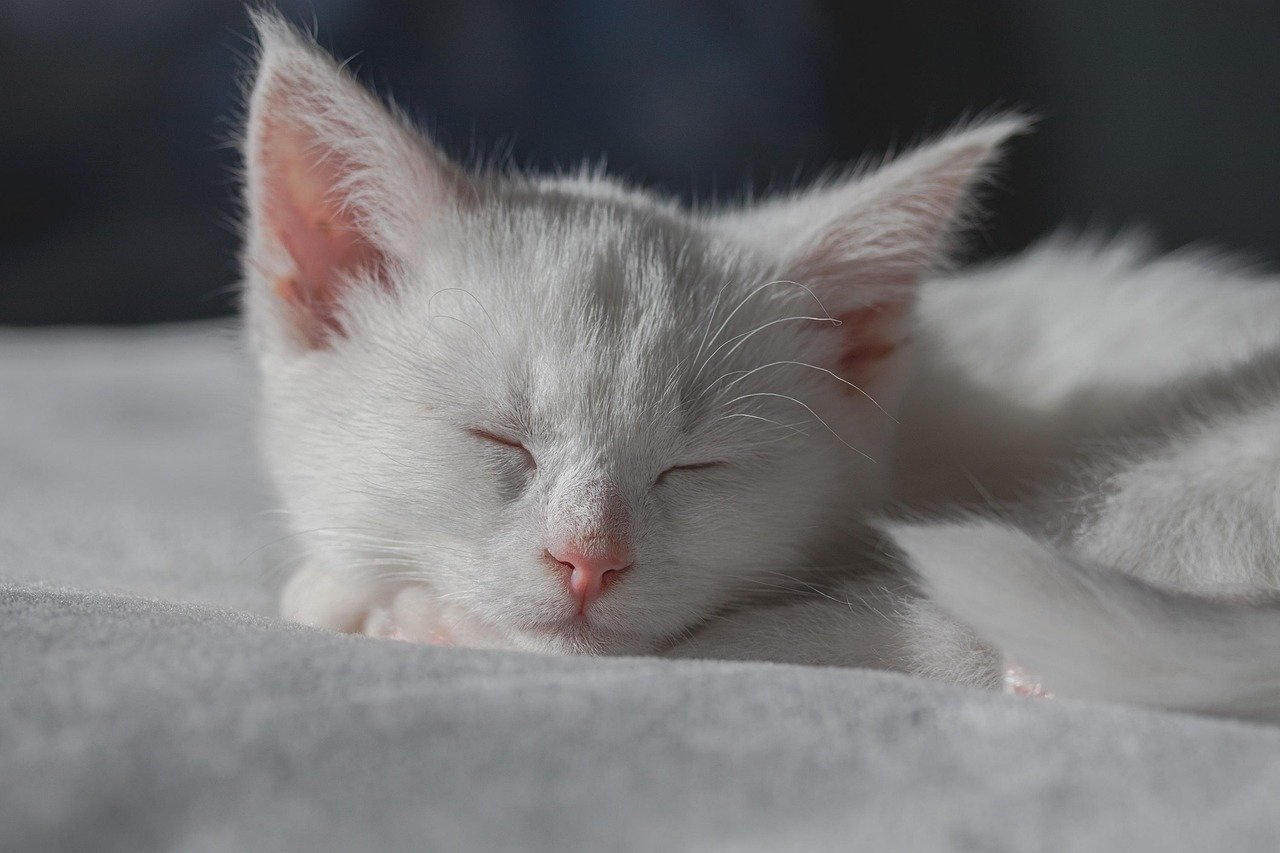
Not all cats are vocal, but those that are use their meows to communicate specific needs or desires. Sometimes, these vocalizations are subtle—a soft chirp or a barely audible trill. Owners who learn to listen and respond to these quiet signals show their cats they are heard. Whether it’s a request for food, play, or a simple greeting, responding appropriately can bring visible relief to a cat. The cat may relax, stop pacing, or settle in for a cuddle. Listening is a form of understanding, and for many cats, it’s the key to feeling safe and content.
The Importance of Gentle Touch

Every cat has their own preferences when it comes to touch. Some love to be petted everywhere, while others prefer only a gentle stroke on the head. Owners who take the time to learn what their cat enjoys—and, just as importantly, what they dislike—are rewarded with trust and affection. When a cat realizes their boundaries are respected, they often become more relaxed and open to interaction. Relief is seen in slow blinks, soft purrs, and the way they lean into a favorite scratch. Understanding a cat’s touch preferences is a small act with a big impact on their emotional well-being.
Medical Needs and the Relief of Care

Cats are masters at hiding pain and discomfort, often suffering in silence until their symptoms become severe. Attentive owners who notice subtle changes—like a change in appetite or less grooming—can catch health issues early. When medical needs are addressed promptly, cats often show a remarkable transformation. Relief can be seen in their renewed energy, brighter eyes, and increased appetite. Regular vet visits, proper medication, and supportive care show cats that their well-being matters. The bond of trust grows stronger, leading to a happier, healthier life.
Social Interactions with Other Pets

Cats are sensitive to the social dynamics of their household, and tensions with other pets can be a major source of stress. Owners who recognize signs of discomfort—like hissing, hiding, or swatting—can intervene to create a more harmonious environment. Whether it’s through gradual introductions, separate feeding areas, or extra attention, understanding a cat’s social needs can bring noticeable relief. Cats who feel safe around their housemates are more likely to play, explore, and relax. Social harmony is a key factor in feline happiness, and it starts with understanding.
Managing Separation Anxiety

Some cats become anxious when their favorite humans are away, displaying behaviors like excessive meowing or inappropriate elimination. Owners who recognize these signs and take steps to ease their cat’s anxiety—such as leaving comforting scents, providing interactive toys, or arranging for company—can make a world of difference. Relief is visible when the cat settles down, eats normally, and resumes their usual activities. Understanding separation anxiety and addressing it with compassion helps cats feel secure, even in their owner’s absence.
Responding to Changes in the Household
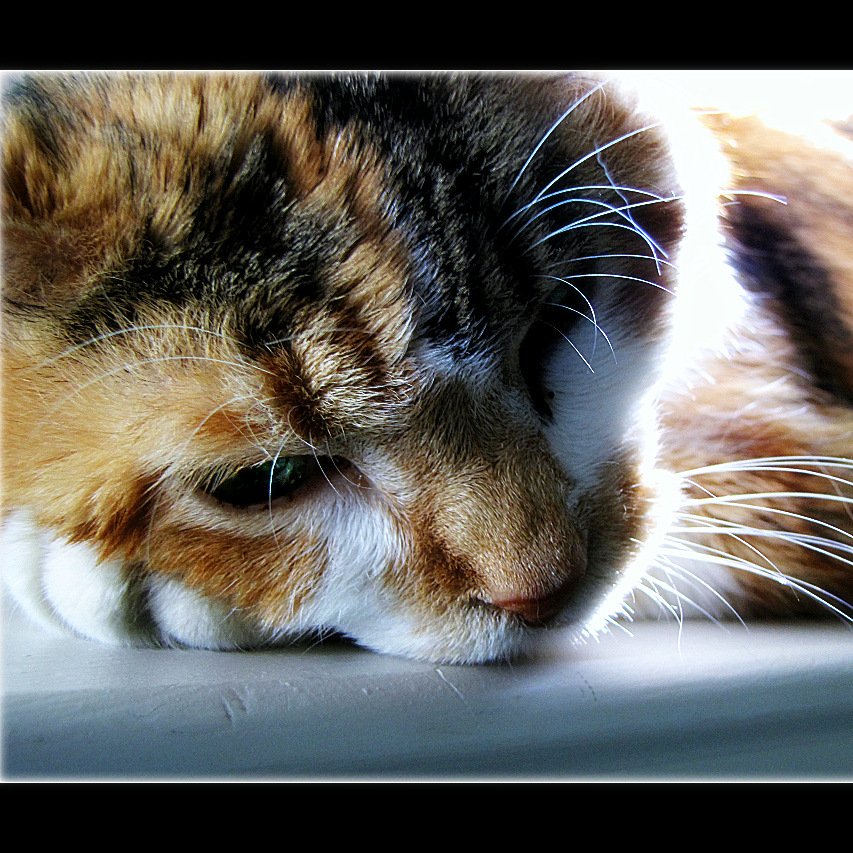
Major changes—like a new baby, roommate, or renovation—can throw a cat’s world into chaos. Owners who anticipate their cat’s reaction and provide extra comfort and stability can help them adjust more smoothly. This might mean setting up a safe room, maintaining routines, or offering extra playtime. As the cat adapts, signs of relief appear: less hiding, more curiosity, and a return to normal behaviors. Recognizing the impact of change and responding with empathy is a vital part of truly understanding our cats.
The Value of Consistent Communication

Cats are always watching and learning from their humans. Consistent communication—using the same words, gestures, or routines—helps cats predict what’s coming next. Owners who communicate clearly build trust and reduce anxiety. For example, announcing “dinner time” with the same phrase every night can become a comforting ritual. When cats know what to expect, they feel more relaxed and secure. Consistency in communication can turn confusion into clarity, bringing a sense of relief to even the most anxious feline.
Love Languages: Every Cat Is Unique

Just like people, cats have their own “love languages.” Some crave physical affection, while others prefer play or quiet companionship. Owners who take the time to discover what makes their cat feel loved are rewarded with a deeper connection. Relief is seen when a cat’s unique needs are met—they may become more affectionate, playful, or simply more at ease. Understanding a cat’s individual love language is the key to building trust and emotional security. It’s a journey of discovery that brings joy to both cat and human.
The Healing Power of Being Understood
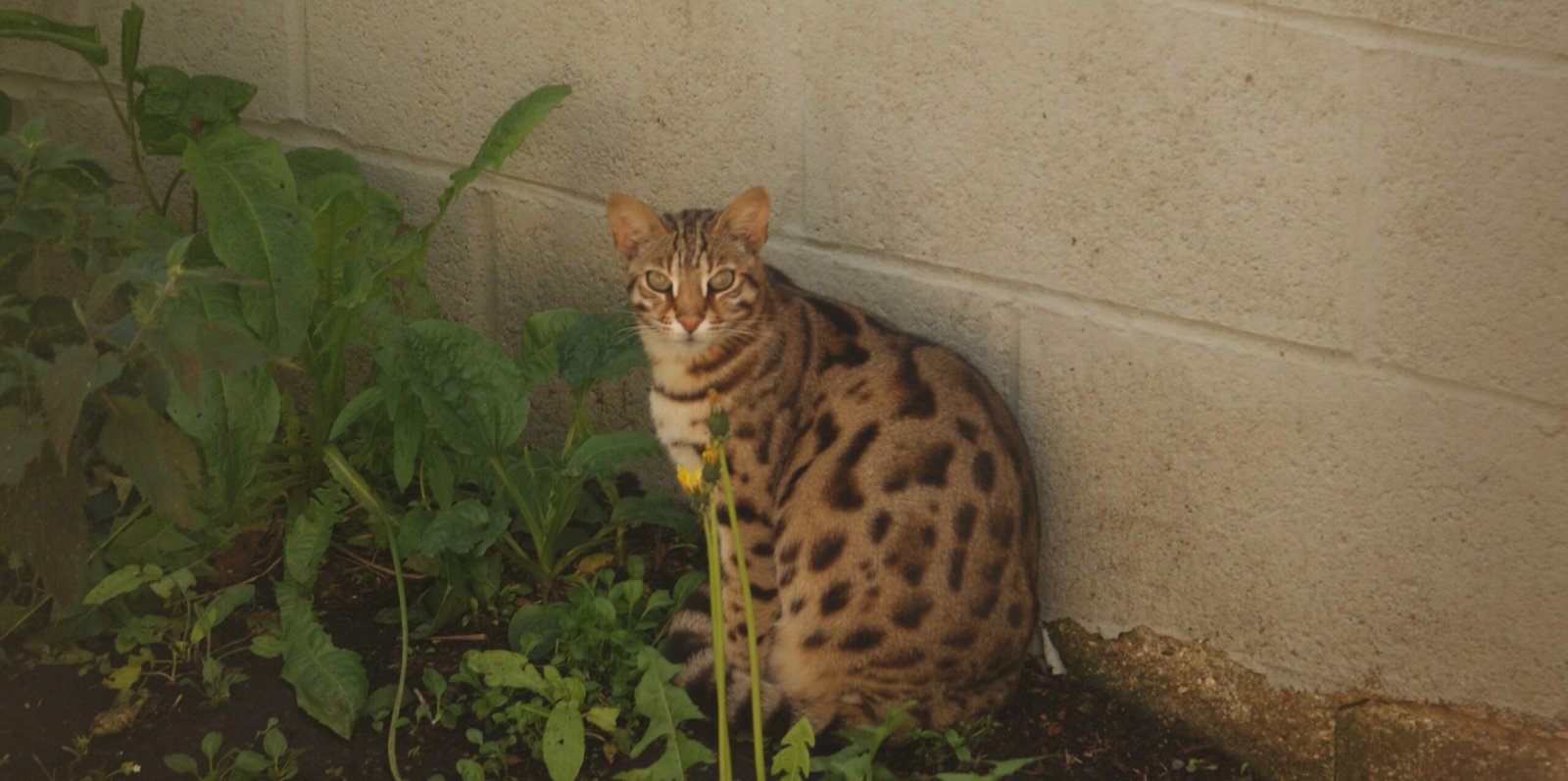
For many cats, finally being understood by their humans is nothing short of transformative. It can turn a fearful, withdrawn cat into a confident, affectionate companion. Relief manifests physically—in relaxed muscles, soft purring, and contented sleep. But it’s also emotional, as the cat feels safe enough to express their true personality. Owners often describe this transformation as magical, a testament to the power of empathy and understanding. When cats know they are seen and heard, their happiness shines through in every whisker twitch and tail flick.
Building a Lifelong Bond Through Understanding
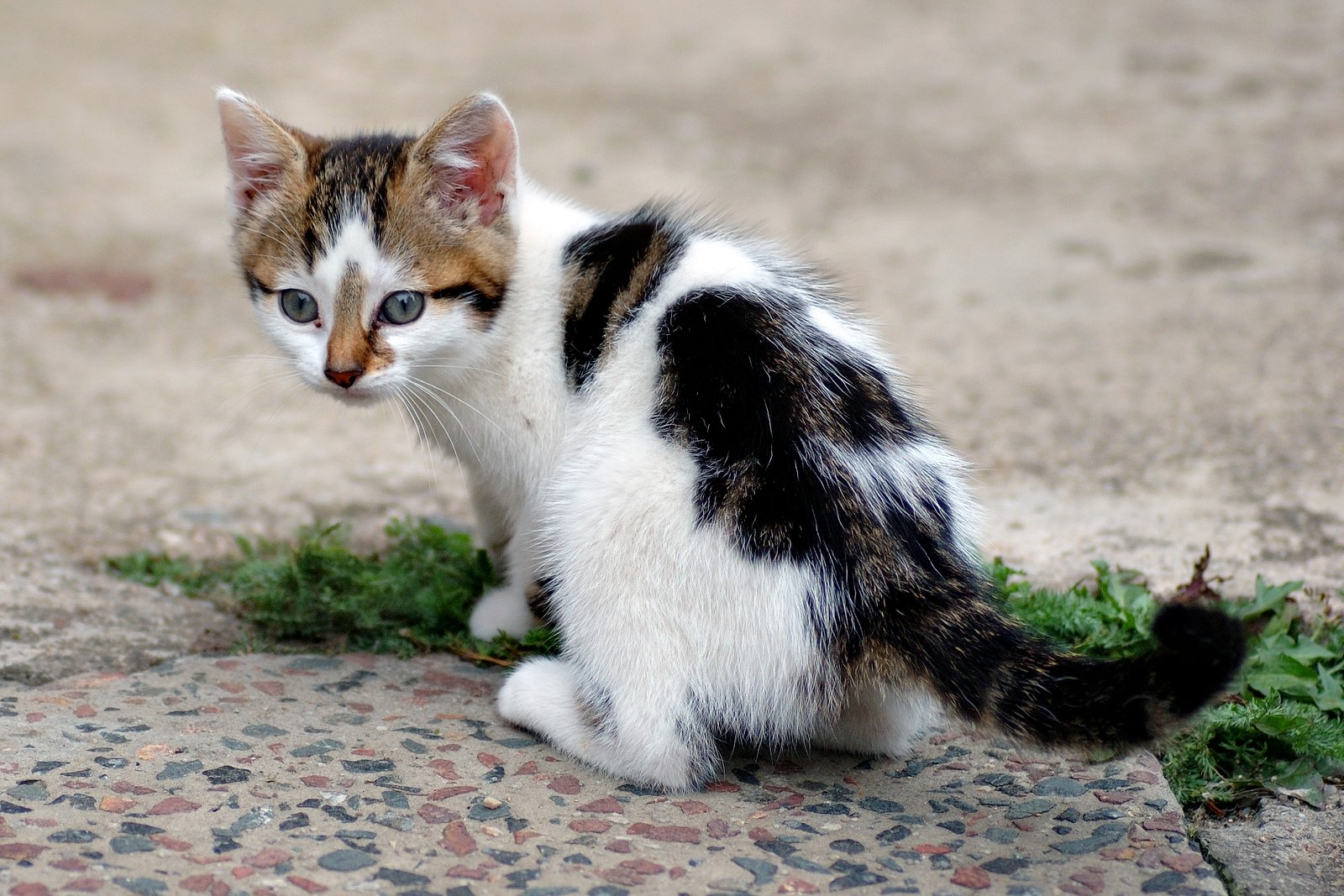
The journey to understanding a cat is ongoing, requiring patience, observation, and an open heart. Each breakthrough—whether it’s discovering a favorite toy or learning the meaning behind a certain meow—brings cat and human closer together. Over time, these moments accumulate, creating a bond built on trust and mutual respect. Cats who feel understood are more likely to engage, relax, and thrive in their homes. They reward their humans with loyalty, affection, and the simple joy of companionship. It’s a relationship that grows richer with every shared moment of understanding.
What Happens Next? The Joy of Mutual Understanding

When a cat finally feels understood, a new chapter begins for both pet and owner. The relief is mutual—gone are the days of confusion and frustration, replaced by harmony and trust. Daily life becomes smoother, with fewer misunderstandings and more moments of connection. Owners feel a sense of pride and accomplishment, knowing they’ve earned their cat’s trust. The cat, in turn, feels safe, valued, and truly at home. This mutual understanding is the foundation of a joyful, lasting relationship, filled with purrs, head bumps, and quiet moments of peace together.
Hi, I’m Bola, a passionate writer and creative strategist with a knack for crafting compelling content that educates, inspires, and connects. Over the years, I’ve honed my skills across various writing fields, including content creation, copywriting, online course development, and video scriptwriting.
When I’m not at my desk, you’ll find me exploring new ideas, reading books, or brainstorming creative ways to solve challenges. I believe that words have the power to transform, and I’m here to help you leverage that power for success.
Thanks for stopping by, Keep coming to this website to checkout new articles form me. You’d always love it!






